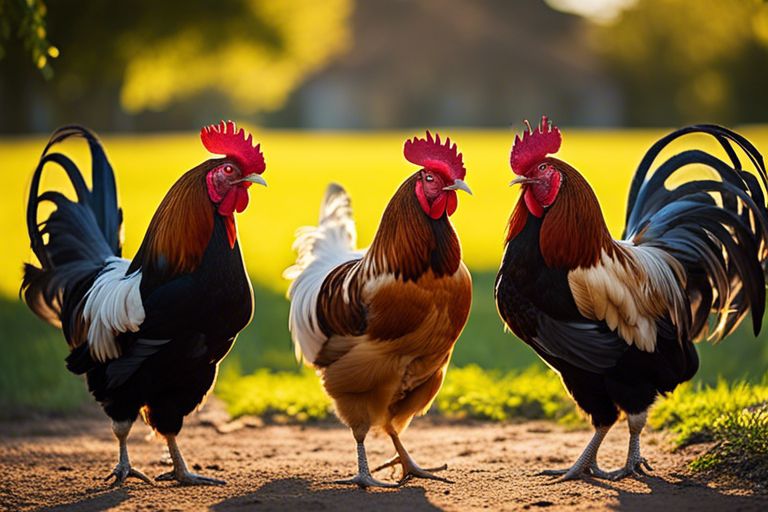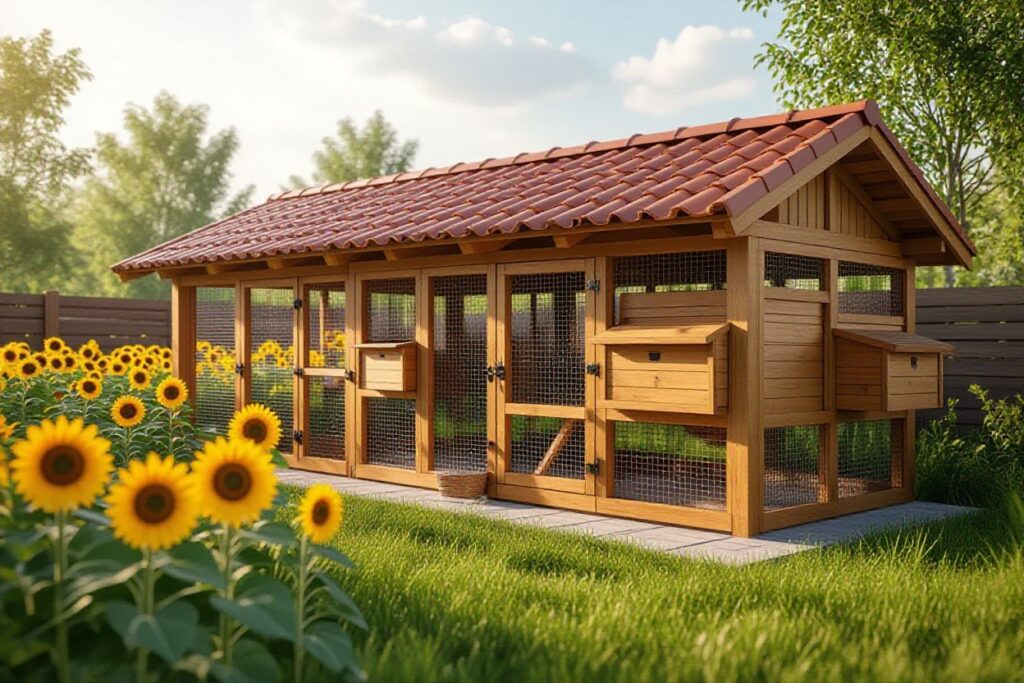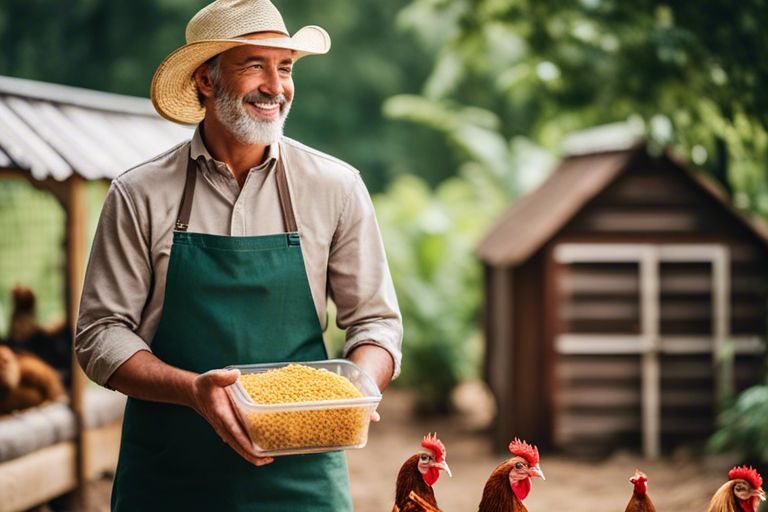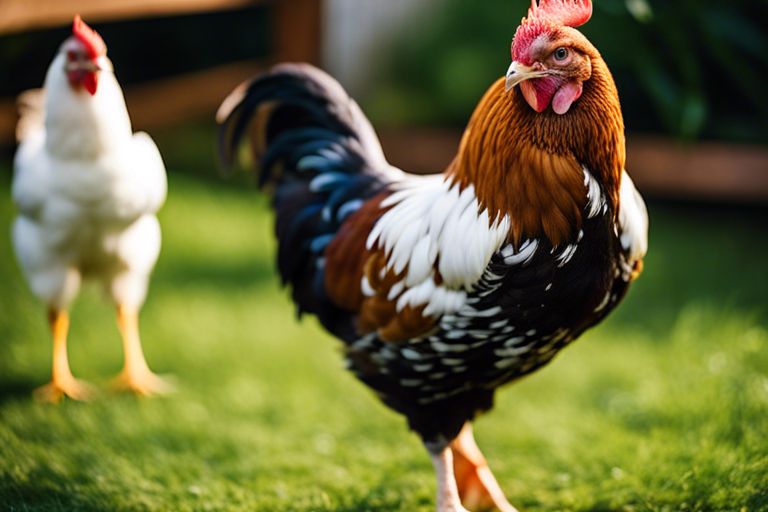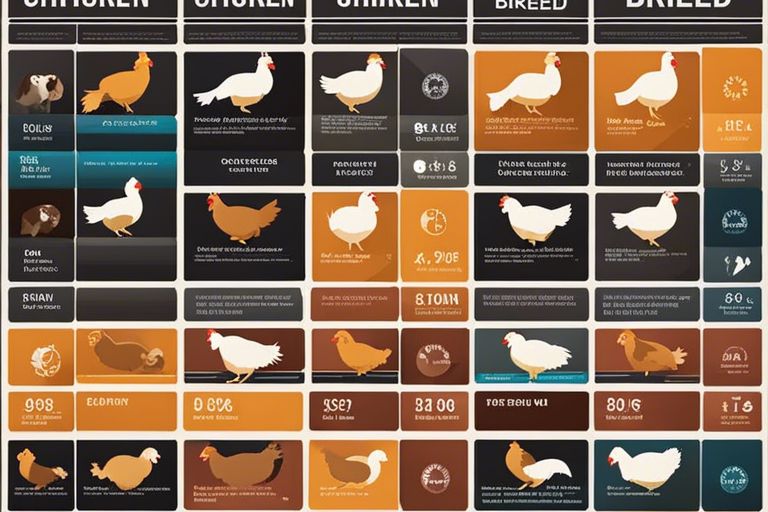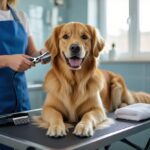With roosters being an integral part of many backyard flocks, it is important for poultry enthusiasts to have a solid understanding of their behavior. Roosters can be wonderful additions to a flock, providing protection, fostering social order, and even fertilizing eggs for future generations. However, they can also exhibit behaviors that may be challenging for both the keeper and the other chickens. By learning more about rooster behavior and implementing some key tips, you can ensure a harmonious and happy flock environment.
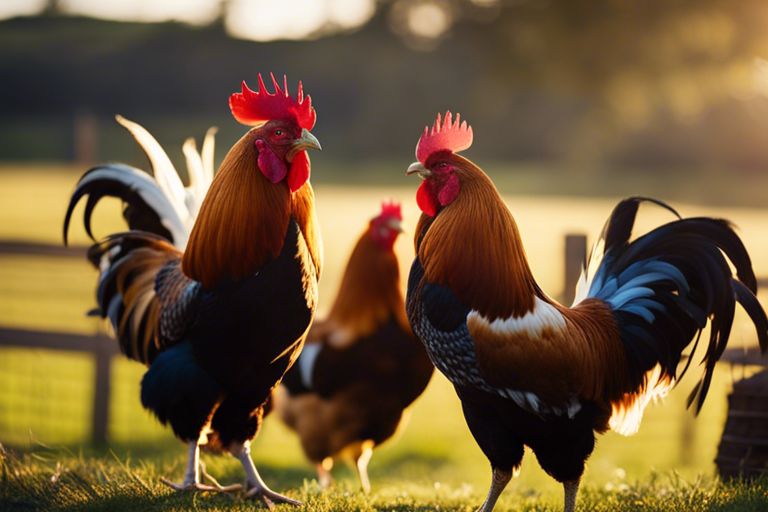
Basics of Rooster Behavior
The Role of Roosters in a Flock
The rooster plays a crucial role in the dynamics of a flock. He is not only responsible for protecting the hens from predators but also for maintaining order within the group. Roosters will often keep a watchful eye over the hens, alerting them to potential dangers and leading them to food sources. Additionally, roosters are known to exhibit behavior such as crowing to establish their territory and dominance.
Common Misconceptions About Roosters
An common misconception about roosters is that they are always aggressive and will attack humans. While roosters can be protective of their flock and may show aggression towards perceived threats, they can be friendly and docile towards humans with proper handling and socialization. Another misconception is that roosters are not necessary for a flock of hens to thrive. In reality, roosters play a key role in the social structure of a flock and are important for fertilizing eggs for breeding purposes.
Understanding the basics of rooster behavior is important for anyone raising chickens. By debunking common misconceptions and recognizing the vital role that roosters play in a flock, you can ensure a harmonious and happy environment for your feathered friends.
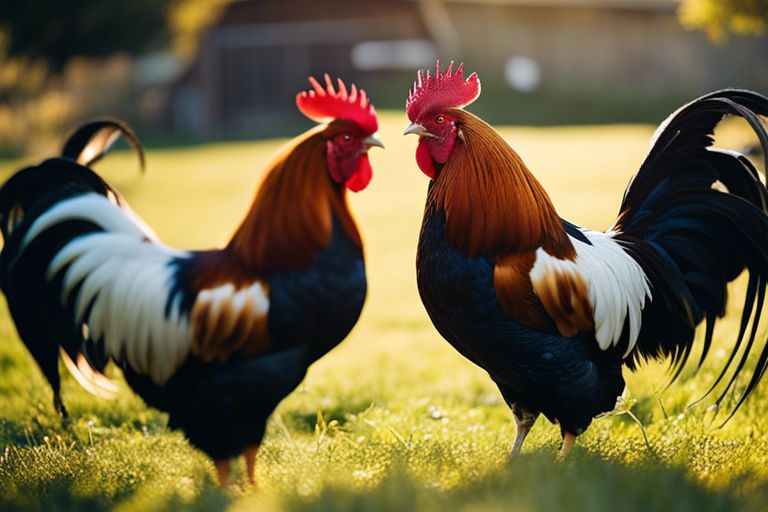
Analyzing Rooster Interactions
Understanding the Pecking Order
You, as a chicken keeper, must understand the importance of the pecking order within your flock. This hierarchy determines the social ranking of each rooster and plays a vital role in maintaining order and harmony within the group. Roosters establish their rank through displays of dominance, such as pecking, chasing, and vocalizations. By observing their interactions, you can gain valuable insights into the dynamics of your flock and intervene if necessary to prevent excessive aggression.
Rooster Communication Signals
One of the key ways roosters communicate with each other and their flock is through a variety of signals. These can include vocalizations, such as crowing, clucking, and alarm calls, as well as body language, such as fluffing up their feathers, stomping their feet, and raising their hackles. Understanding these signals is crucial for interpreting the mood and intentions of your roosters, enabling you to address any potential conflicts or issues before they escalate.
Roosters use a combination of visual displays, vocalizations, and physical actions to convey their messages to other flock members. By paying attention to these communication signals, you can better understand the needs and behaviors of your roosters, leading to a more harmonious and contented flock.

Managing Aggressive Rooster Behavior
Preventing and Mitigating Aggression
All roosters have the potential to display aggressive behavior, but there are ways to prevent and mitigate this issue. With proper management techniques, such as providing enough space, food, and enrichment, you can reduce the likelihood of aggression within your flock.
Training and Redirection Techniques
Behavioral issues in roosters can often be addressed through training and redirection techniques. By establishing yourself as the flock leader and using positive reinforcement methods, you can teach your rooster more appropriate behaviors and redirect their aggression towards more acceptable outlets.
These techniques involve consistent and patient efforts to modify your rooster’s behavior over time. Working with a professional animal behaviorist or poultry expert can also provide valuable insights and support in tackling aggression issues in your rooster.
Fostering a Harmonious Environment
Proper Housing and Space Requirements
Many poultry experts agree that providing proper housing and ample space is crucial for fostering a harmonious environment among roosters. Each rooster should have at least 4 square feet of coop space, with sufficient roosting bars and nesting boxes. Outdoor space is equally important, with at least 10 square feet per rooster in a secure outdoor run to prevent overcrowding and aggression.
Integrating Roosters with Hens
Fostering a harmonious environment means carefully integrating roosters with hens to avoid conflicts and stress. When introducing a new rooster to a flock, it’s imperative to do so gradually and observe the interactions closely. Providing multiple feeding and watering stations can help reduce competition and minimize aggressive behavior among roosters vying for resources.
Understanding the dynamics between roosters and hens is imperative for maintaining a peaceful flock. Roosters play a vital role in protecting and leading the flock, but they can also exhibit territorial and aggressive behaviors, especially during mating season. By observing their interactions and addressing any conflicts early on, you can create a harmonious environment that promotes the well-being of both roosters and hens.
FAQ
Q: Why is it important to understand rooster behavior?
A: Understanding rooster behavior is crucial for maintaining a happy and healthy flock. It helps in identifying signs of aggression, ensuring proper mating rituals, and overall flock dynamics.
Q: What are some common rooster behaviors to look out for?
A: Some common rooster behaviors include crowing, strutting, mating dances, establishing pecking order, alerting the flock of danger, and providing food to hens.
Q: How can I tell if a rooster is being aggressive?
A: Signs of rooster aggression include flogging (charging and jumping at humans or other chickens), spurring (using spurs to attack), and excessive pecking or chasing of hens.
Q: Are there ways to manage aggressive rooster behavior?
A: Yes, there are ways to manage aggressive rooster behavior such as establishing dominance through assertive behavior, separating aggressive roosters from the flock, and providing plenty of space and enrichment.
Q: What role does a rooster play in a flock?
A: A rooster plays a vital role in a flock by protecting the hens from predators, fertilizing eggs for reproduction, and maintaining flock harmony through establishing a pecking order.
Q: How can I ensure a happy flock of chickens with a rooster?
A: To ensure a happy flock with a rooster, provide ample space for the chickens to roam, offer a balanced diet, maintain a clean and safe coop, and monitor rooster behavior for any signs of aggression or distress.
Q: What are some signs of a healthy and content rooster?
A: Signs of a healthy and content rooster include glossy feathers, a full and upright tail, active foraging and mating behavior, and a protective but not overly aggressive attitude towards the hens.
